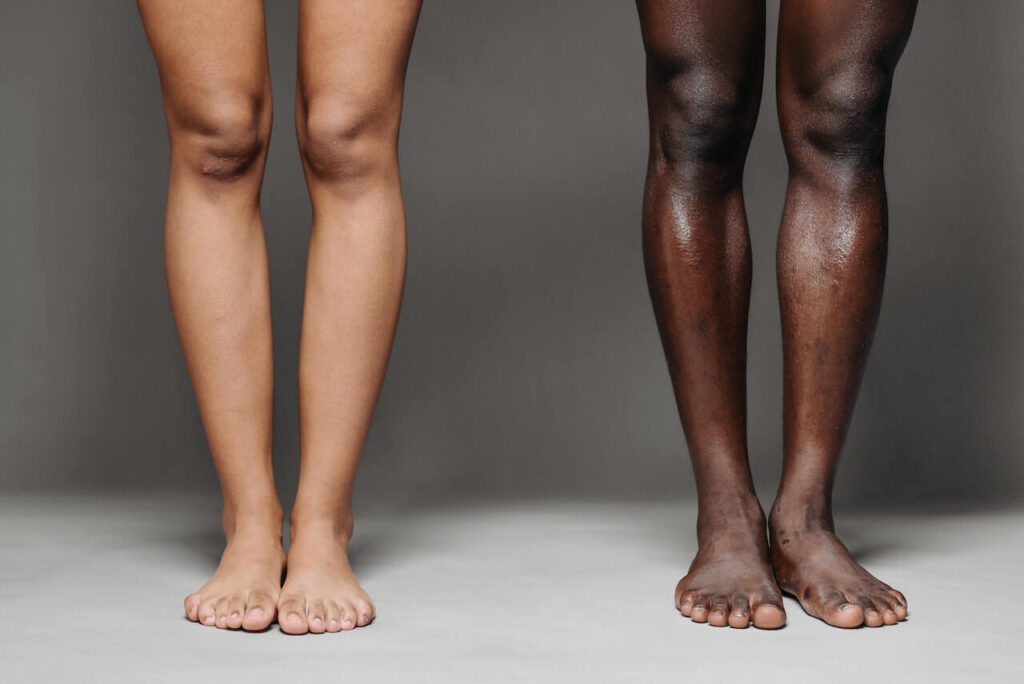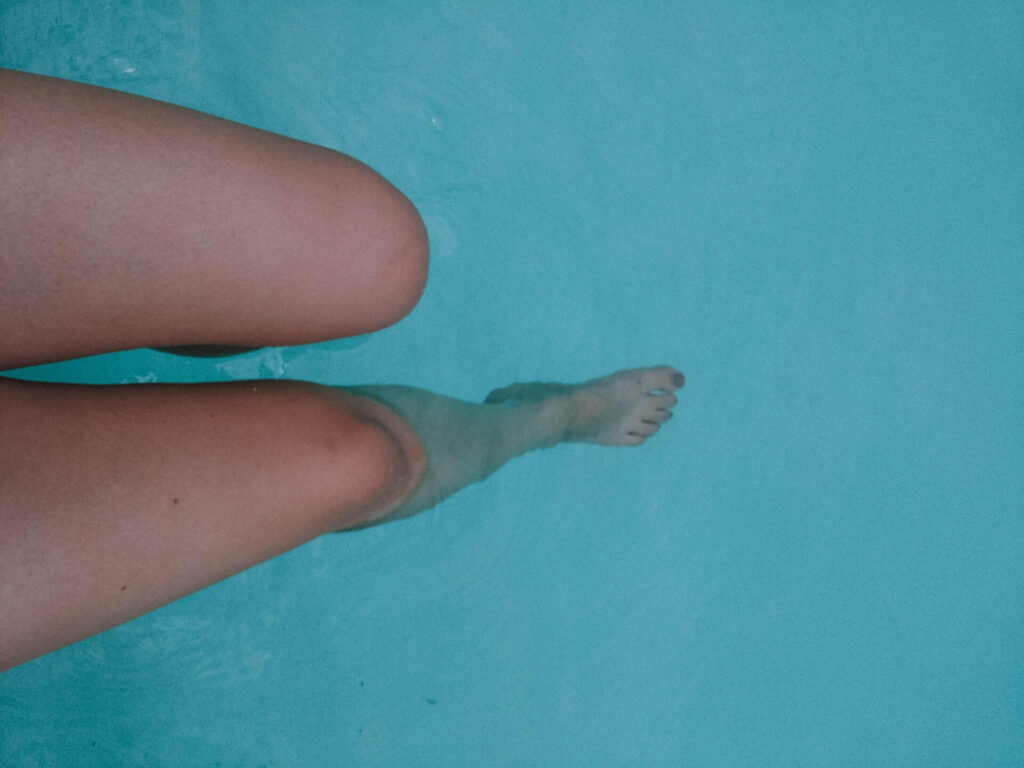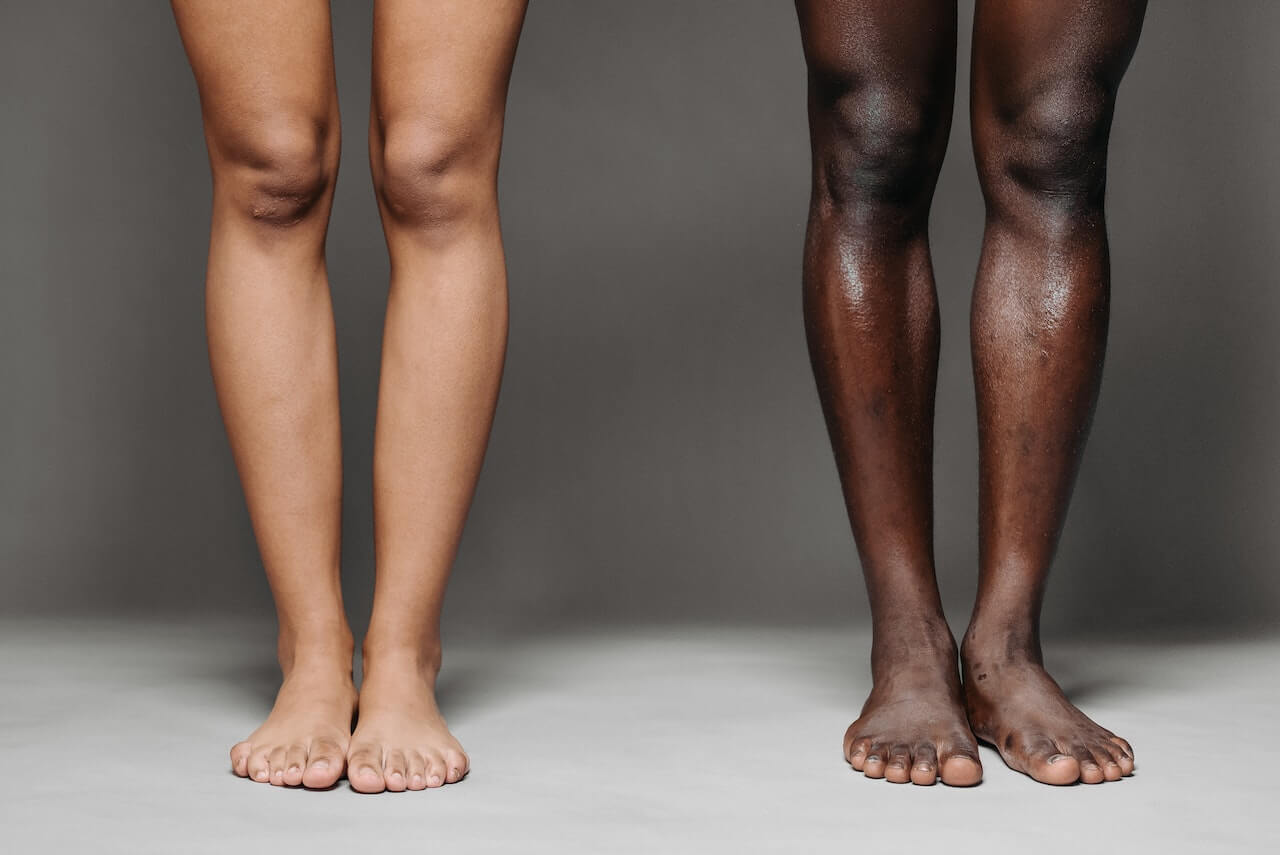
If you suffer from varicose veins, you’re not alone. According to the American Society for Dermatologic Surgery, around 50 percent of women in the United States have this condition. Varicose veins can be unsightly, painful, and uncomfortable. But there are things you can do to help relieve your symptoms.
Here are six tips to help ease the discomfort of varicose veins:
1. Exercise regularly
There are many things you can do to help relieve the symptoms of varicose veins, and one of the most important is to exercise regularly. Exercise helps to improve circulation, which can reduce the swelling and pain associated with varicose veins. It also helps to strengthen the walls of your veins, preventing them from becoming enlarged in the first place.
If you have varicose veins or are at risk of developing them, it’s important to make exercise a part of your regular routine. You don’t have to become a marathon runner to see benefits – even moderate activity, such as walking or swimming, can help. And, if you already have varicose veins, exercise can help to keep them from getting worse.
Of course, if you have pain or swelling in your legs, you should talk to your doctor before starting an exercise program. But for most people, exercise is a safe and effective way to help relieve the symptoms of varicose veins. So get moving – your veins will thank you!
2. Wear compression socks or stockings
Compression socks or stockings help relieve varicose veins’ symptoms by improving blood circulation and preventing further pooling of blood in the veins. Wearing a pair of these specially designed socks or stockings provides compression at the ankle and calf, which helps to reduce swelling and improve blood flow. In addition, compression socks or stockings help prevent new varicose veins’ formation by providing support to the vein walls. Wearing compression socks or stockings is a simple and effective way to help relieve the symptoms of varicose veins and prevent their progression.
If you are suffering from varicose veins, you must consult your doctor or pharmacist to determine which type of compression garment is right for you. In general, compression socks or stockings should be fitted by a professional and should be worn during activities that put a strain on the legs, such as standing or walking for long periods of time.
3. Elevate your legs
One of the best things you can do to relieve varicose veins’ symptoms is elevate your legs. When you elevate your legs, you’re helping to improve blood flow and reduce the pooling of blood in your veins. This can help to decrease the symptoms of varicose veins and also help to prevent the formation of new varicose veins.
Make sure to elevate your legs whenever possible to help relieve the symptoms of varicose veins. You can do this by lying down and placing pillows under your legs or sitting in a chair with your feet on a stool or ottoman.
4. Wear loose-fitting clothing
Tight-fitting clothing can contribute to the development of varicose veins. That’s because tight clothing can constrict the blood vessels in your legs, leading to the pooling of blood and the formation of varicose veins.
Make sure to wear loose-fitting clothing whenever possible. This includes avoiding tight-fitting jeans, leggings, and even some types of workout gear. Instead, opt for loose-fitting dresses, skirts, and pants made from light and airy fabrics.
5. Avoid high heels
High heels may look stylish, but they can contribute to the development of varicose veins. That’s because when you wear high heels, you’re actually changing the way your body weight is distributed. This can lead to increased pressure on the veins in your legs, which can cause the pooling of blood and the formation of varicose veins.
If you want to help prevent the development of varicose veins, make sure to avoid wearing high heels as much as possible. Instead, opt for flats or low-heeled shoes whenever possible.
6. Eat a healthy diet
Eating a healthy diet is important for overall health, but it’s also crucial for helping to prevent and relieve the symptoms of varicose veins. That’s because eating a healthy diet can help improve circulation and reduce the pooling of blood in your veins.
So, if you’re looking for a way to help relieve the symptoms of varicose veins, make sure to eat a healthy diet that’s high in fiber and low in salt. You should also focus on eating plenty of fresh fruits and vegetables, which are naturally rich in antioxidants and other nutrients that can help improve circulation.

Varicose veins can be a nuisance, but there are ways to ease your symptoms. By following these tips, you can help to reduce the discomfort and pain associated with this condition.








